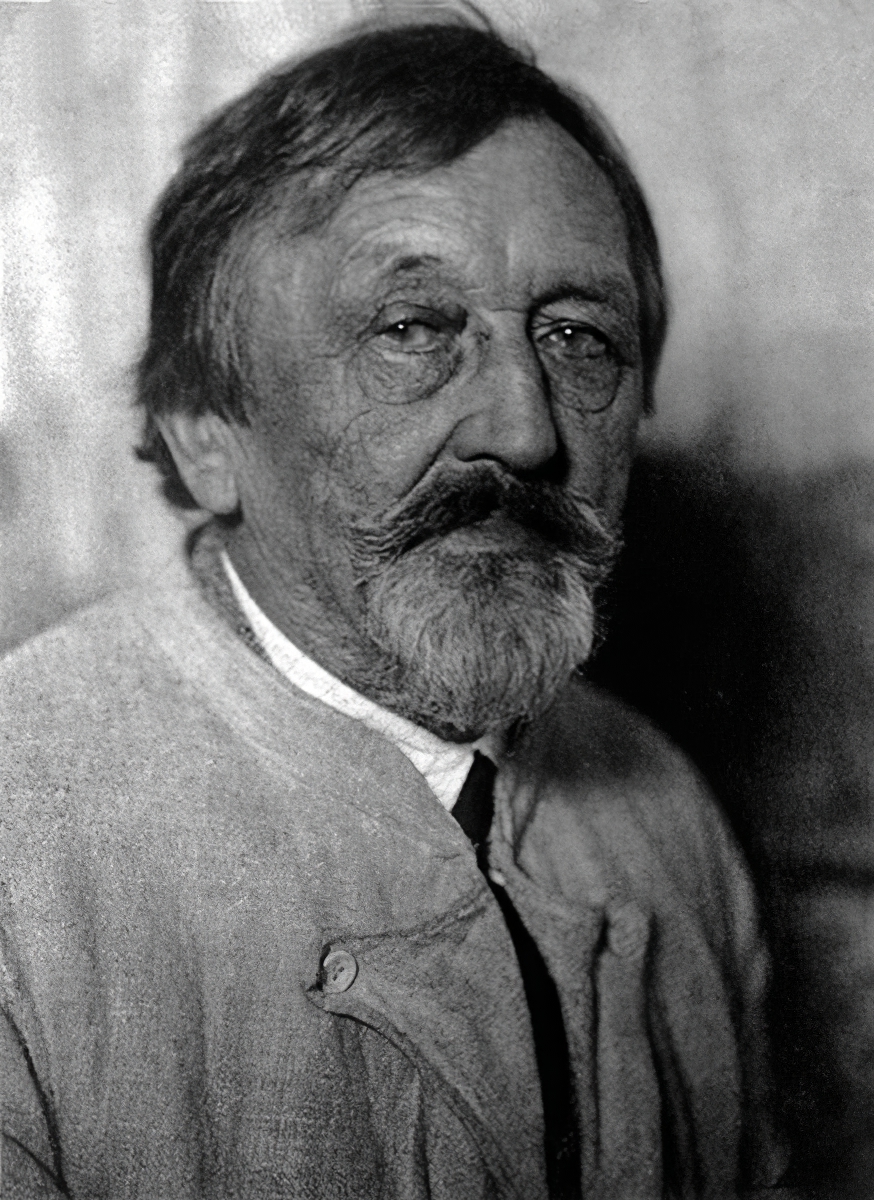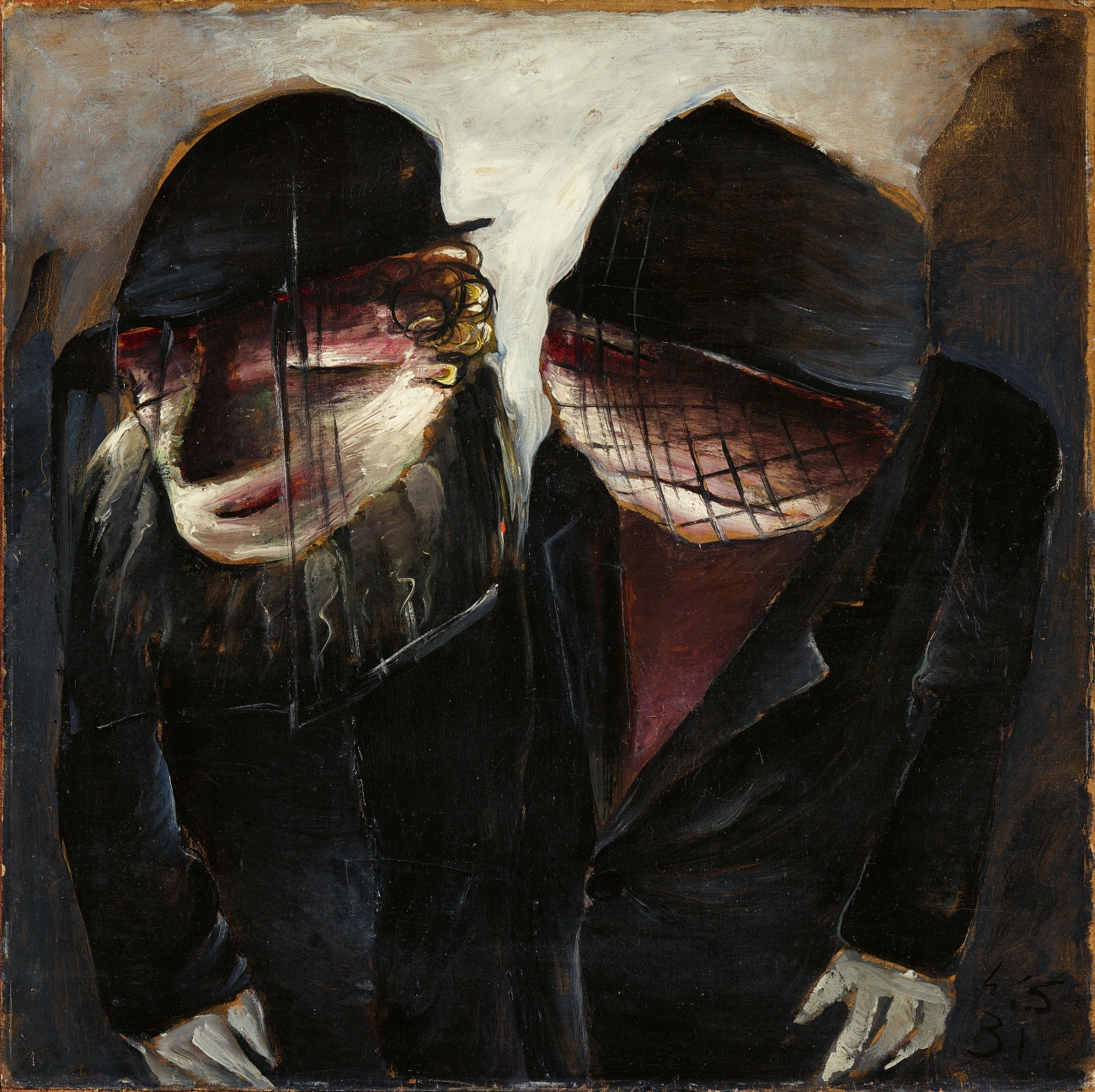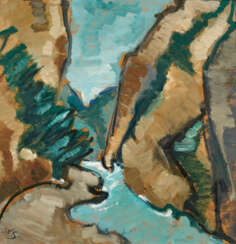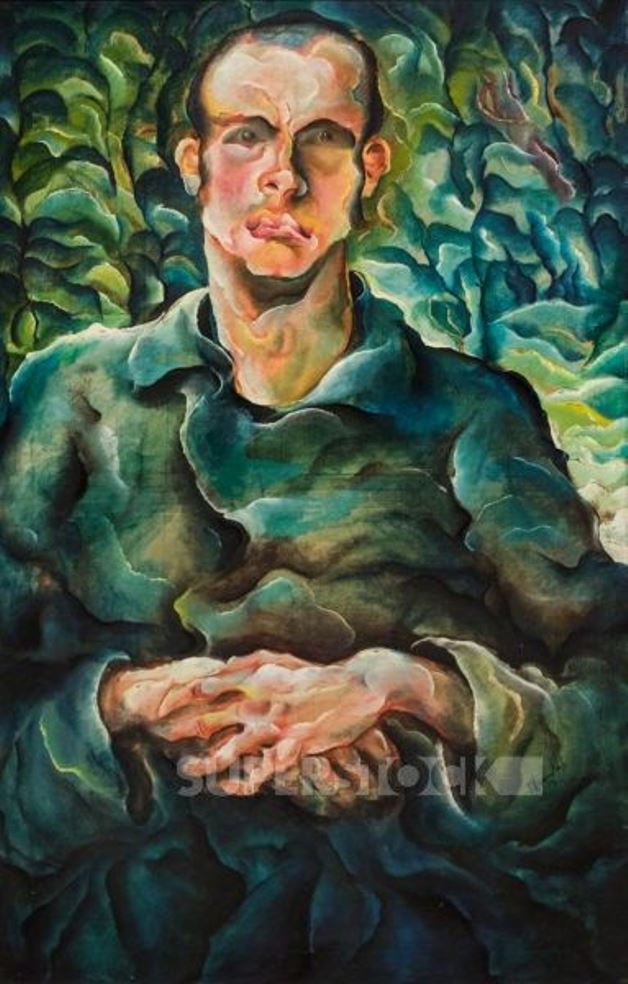
Modern paintings, drawings, watercolours — A525: Modern Sale
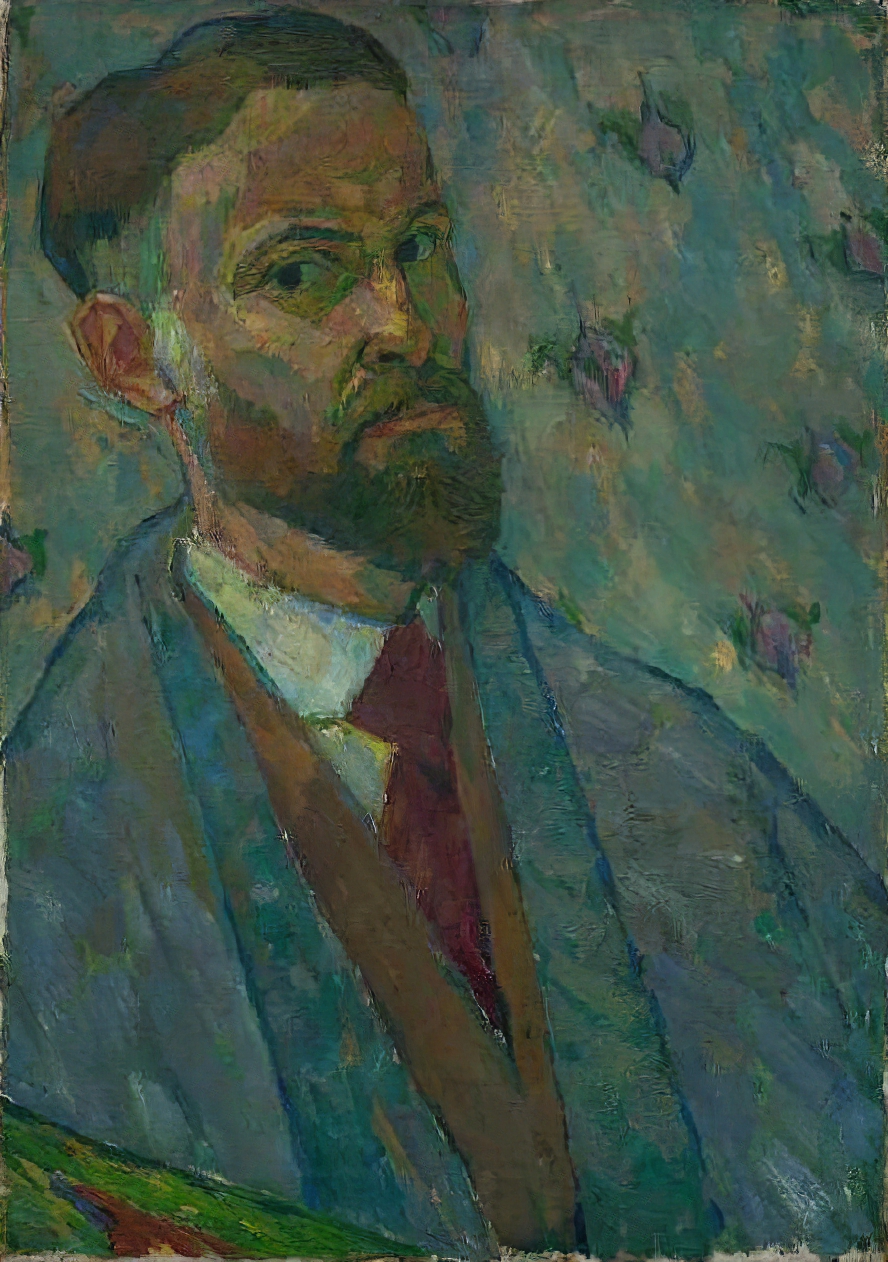
Walter Ophey was a German artist. He was known for his modernist paintings, which often depicted landscapes and still-life scenes.
Ophey studied at the Academy of Fine Arts in Düsseldorf. His early work was influenced by Impressionism, but he later became associated with the Expressionist movement.
In 1909 Ophey, together with some other Düsseldorf artists, formed the artistic group the Special Union (Sonderbund). The first chairman of the Special Union was the well-known German philanthropist and collector Carl Ernst Osthaus. In the following years this group became one of the most powerful avant-garde art movements in Germany.
Ophey's paintings are characterized by their bright colors and bold, simplified forms. He often depicted rural landscapes and still-life scenes, infusing them with a sense of emotional intensity. He was also known for his use of color, which he used to convey mood and atmosphere.
Ophey's work was exhibited extensively during his lifetime, including at the Berlin Secession and the Salon d'Automne in Paris. Despite his relatively short career, he was recognized as an important figure in the development of modernist painting in Germany.

Walter Ophey was a German artist. He was known for his modernist paintings, which often depicted landscapes and still-life scenes.
Ophey studied at the Academy of Fine Arts in Düsseldorf. His early work was influenced by Impressionism, but he later became associated with the Expressionist movement.
In 1909 Ophey, together with some other Düsseldorf artists, formed the artistic group the Special Union (Sonderbund). The first chairman of the Special Union was the well-known German philanthropist and collector Carl Ernst Osthaus. In the following years this group became one of the most powerful avant-garde art movements in Germany.
Ophey's paintings are characterized by their bright colors and bold, simplified forms. He often depicted rural landscapes and still-life scenes, infusing them with a sense of emotional intensity. He was also known for his use of color, which he used to convey mood and atmosphere.
Ophey's work was exhibited extensively during his lifetime, including at the Berlin Secession and the Salon d'Automne in Paris. Despite his relatively short career, he was recognized as an important figure in the development of modernist painting in Germany.
Max Gubler was a Swiss artist.
He experimented with various contemporary styles, until developing his own personal vivid style of landscape painting on Lipari. Later he turned to abstraction, but continued to use bright colours. In 1956 he did a series of pastel illustrations for Ernest Hemingway's The Old Man and the Sea. In his late works, darker colours predominate.
His work was shown in many galleries.
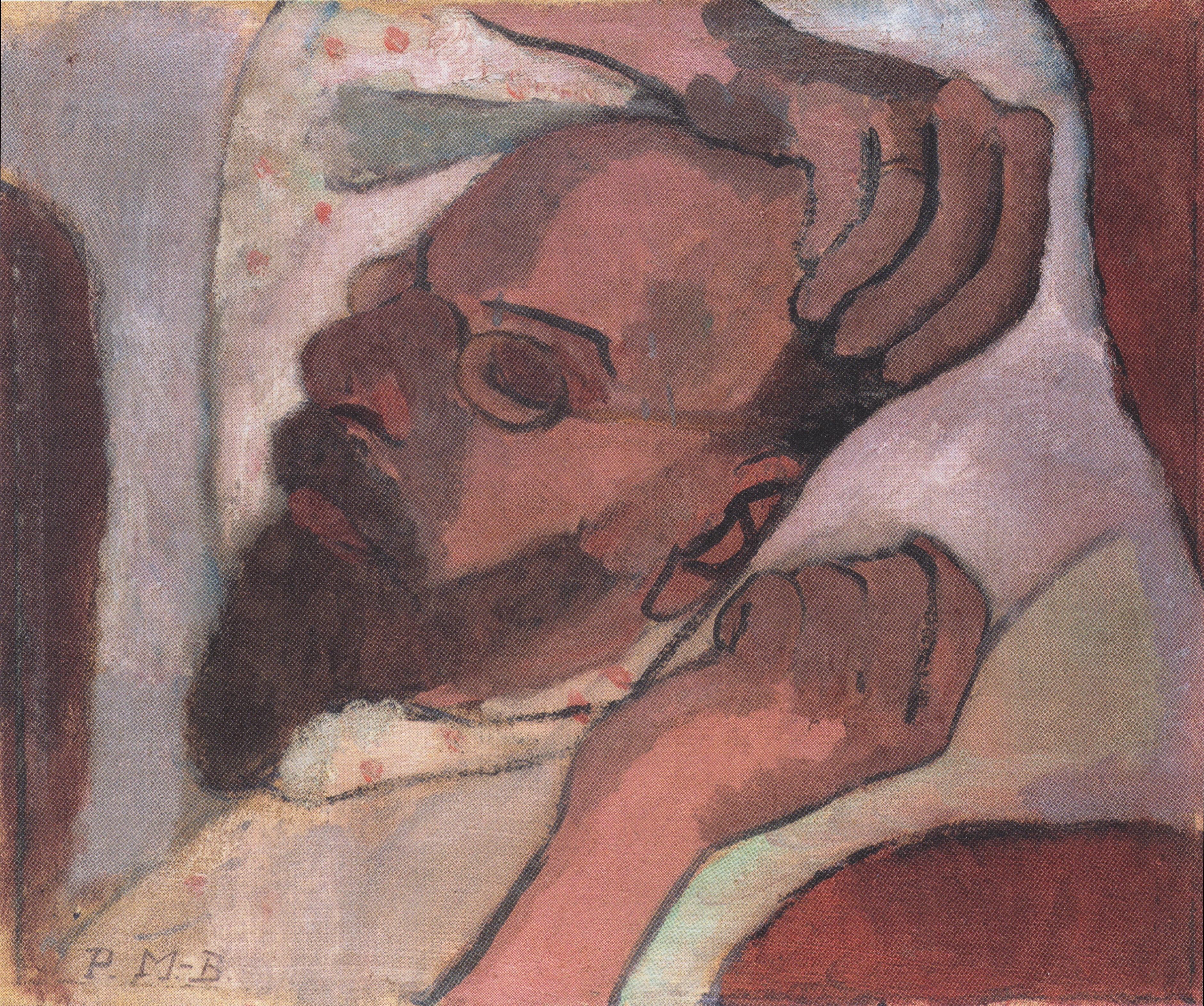
Friedrich Wilhelm Otto Modersohn was a German painter of the late 19th and first half of the 20th centuries. He is known as a landscape painter, a representative of the Barbizon School.
Otto Modersohn produced Barbizonian-style landscapes early in his career, but from about 1890 his style became more expressionist, with an emphasis on his choice of colors. The death of his second wife influenced his style: the colors became darker and the images more stark. Modersohn was one of the founders of the Worpswede artists' colony. A large collection of his works is kept in the Modersohn Museum in Fischerhude, and a street in Berlin is also named after him.
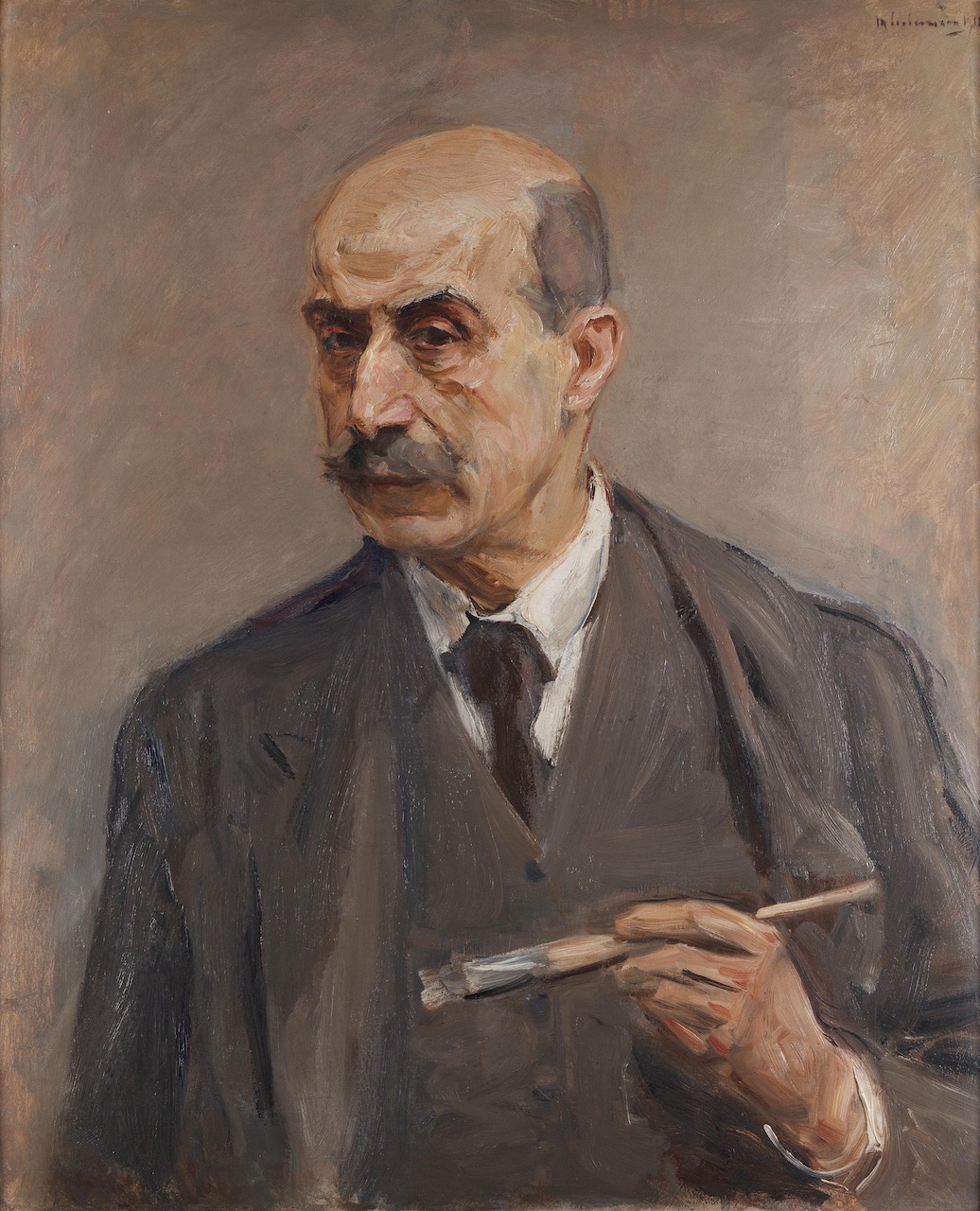
Max Liebermann was a German painter and printmaker, and one of the leading proponents of Impressionism in Germany and continental Europe. In addition to his activity as an artist, he also assembled an important collection of French Impressionist works.
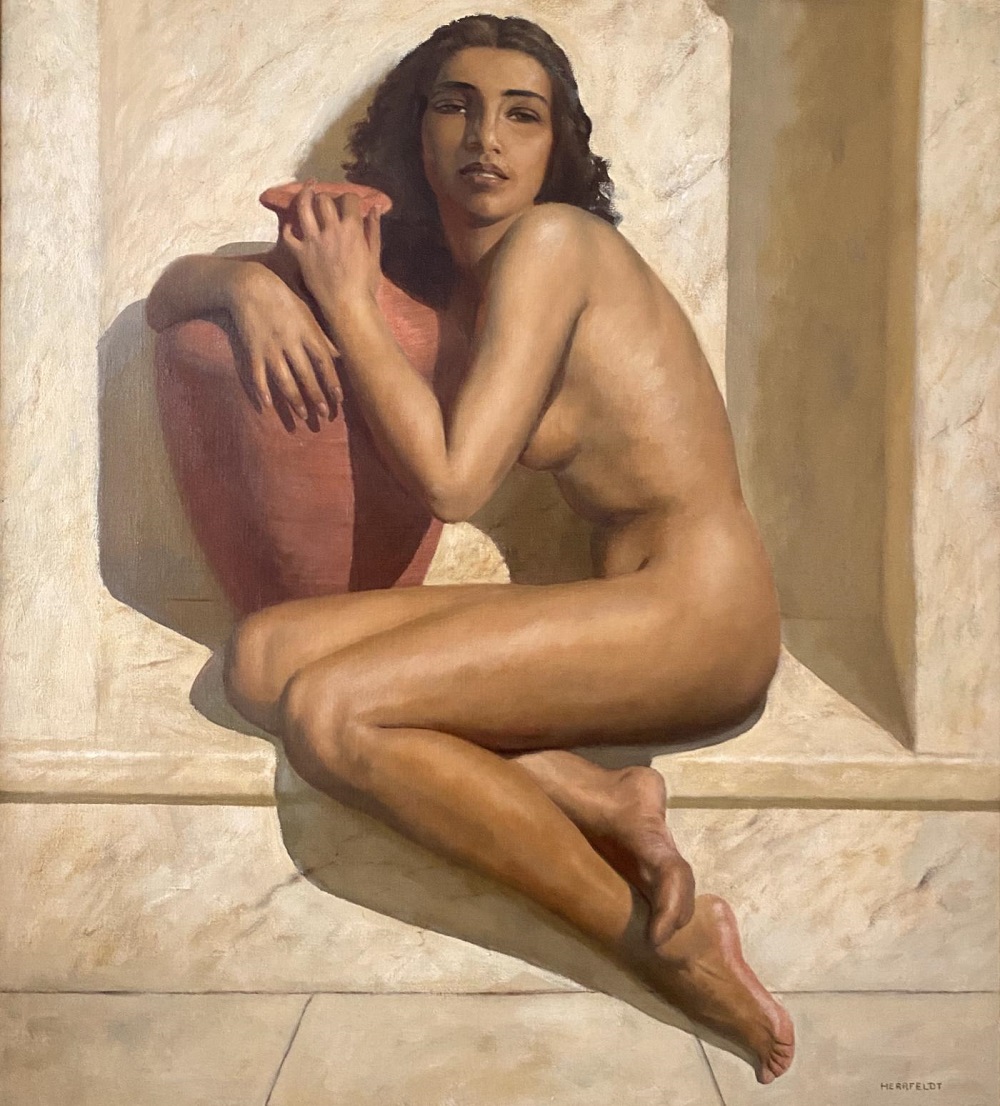
Marcel René von Herrfeldt was a German painter and protagonist of the Munich School. Initially adhering to the movement of Art Nouveau sans phrase, Herrfeldt later integrates elements of New Objectivity. Fusing Art Nouveau and elements of New Objectivity, he develops a style referred to as expressive realism in respective literature.
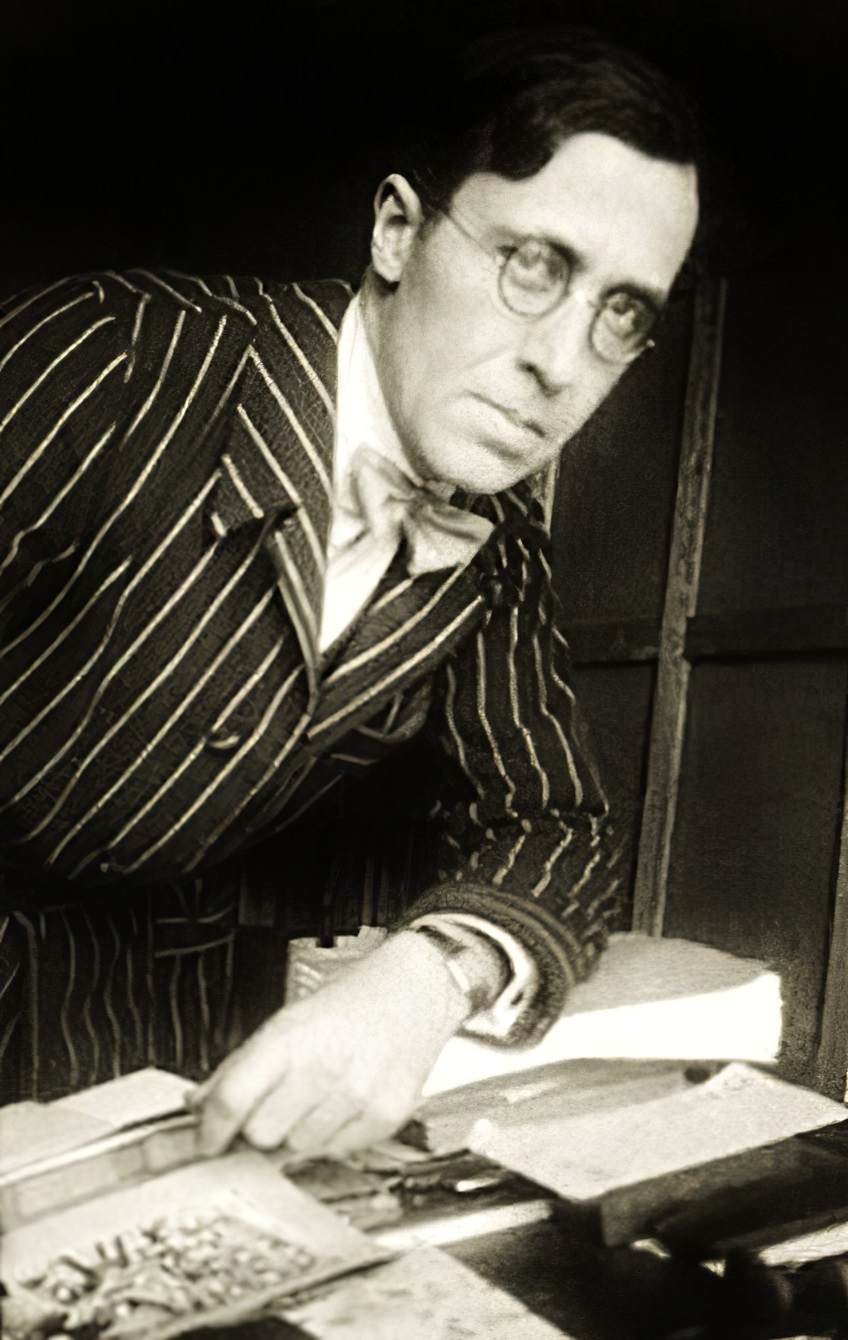
Frans Masereel was a Flemish painter and graphic artist who worked mainly in France, known especially for his woodcuts focused on political and social issues, such as war and capitalism. He completed over 40 wordless novels in his career, and among these, his greatest is generally said to be Passionate Journey.
Masereel's woodcuts influenced Lynd Ward and later graphic artists such as Clifford Harper, Eric Drooker, and Otto Nückel.
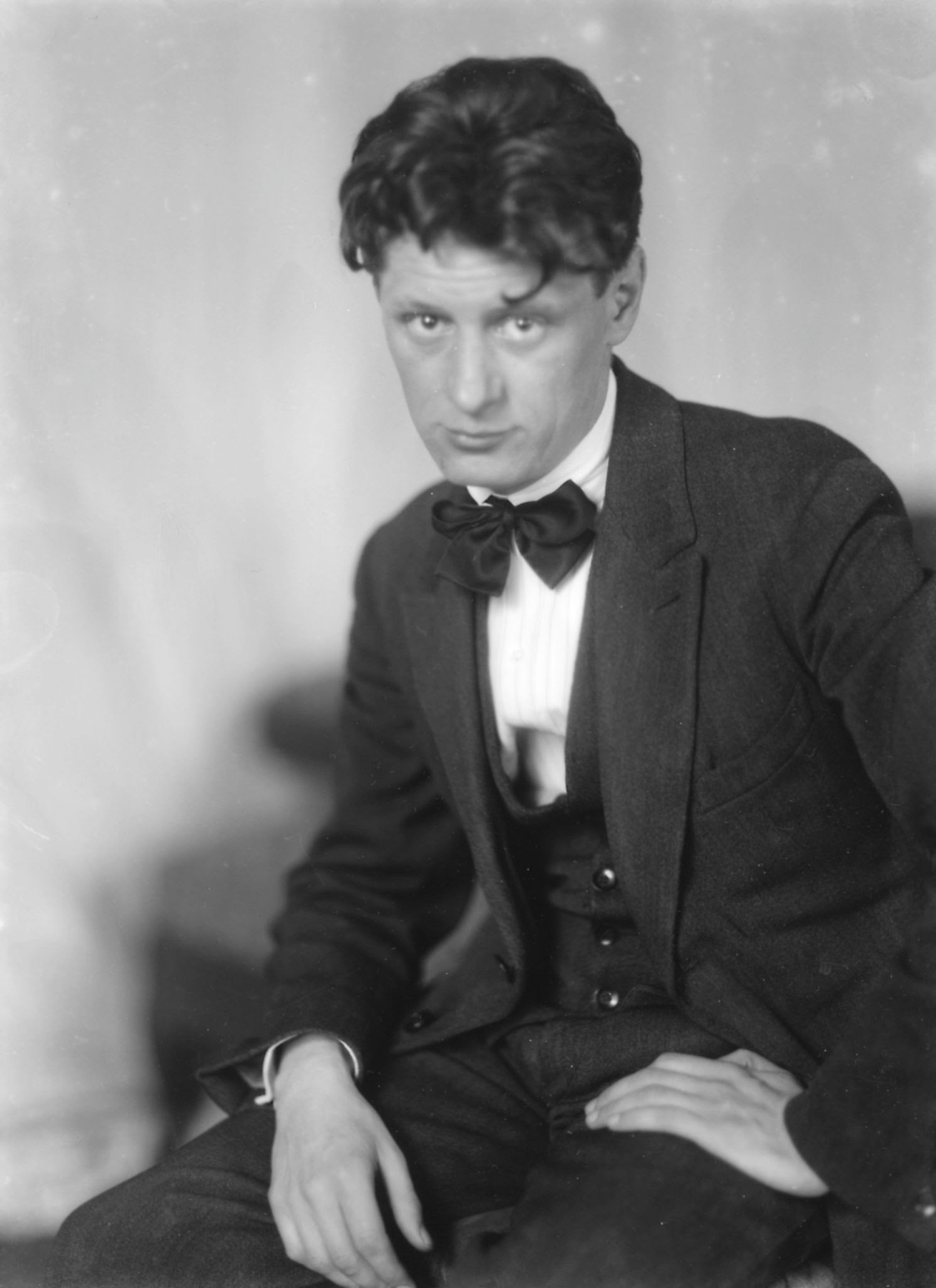
Josef Scharl is a German and American painter, illustrator, and graphic designer.
Scharl trained as a decorative painter at the Munich Art School, where he also gained practical experience in painting restoration. He was wounded in the war, and after returning to Munich, he continued his studies at the Kunstakademie. In the 1920s Josef Scharl joined the artist groups New Munich Secession and Juryfreien, successfully participated in their exhibitions, and later became acquainted with the Impressionists.
Writing in the New Objectivity style, Josef Scharl was forced to emigrate to the United States in 1939, and 1944-46 marked the peak of his fame in the United States. He was also commissioned by the publisher Pantheon Books to illustrate the Grimm brothers' fairy tales and other books.

Josef Scharl is a German and American painter, illustrator, and graphic designer.
Scharl trained as a decorative painter at the Munich Art School, where he also gained practical experience in painting restoration. He was wounded in the war, and after returning to Munich, he continued his studies at the Kunstakademie. In the 1920s Josef Scharl joined the artist groups New Munich Secession and Juryfreien, successfully participated in their exhibitions, and later became acquainted with the Impressionists.
Writing in the New Objectivity style, Josef Scharl was forced to emigrate to the United States in 1939, and 1944-46 marked the peak of his fame in the United States. He was also commissioned by the publisher Pantheon Books to illustrate the Grimm brothers' fairy tales and other books.

Josef Scharl is a German and American painter, illustrator, and graphic designer.
Scharl trained as a decorative painter at the Munich Art School, where he also gained practical experience in painting restoration. He was wounded in the war, and after returning to Munich, he continued his studies at the Kunstakademie. In the 1920s Josef Scharl joined the artist groups New Munich Secession and Juryfreien, successfully participated in their exhibitions, and later became acquainted with the Impressionists.
Writing in the New Objectivity style, Josef Scharl was forced to emigrate to the United States in 1939, and 1944-46 marked the peak of his fame in the United States. He was also commissioned by the publisher Pantheon Books to illustrate the Grimm brothers' fairy tales and other books.

Josef Scharl is a German and American painter, illustrator, and graphic designer.
Scharl trained as a decorative painter at the Munich Art School, where he also gained practical experience in painting restoration. He was wounded in the war, and after returning to Munich, he continued his studies at the Kunstakademie. In the 1920s Josef Scharl joined the artist groups New Munich Secession and Juryfreien, successfully participated in their exhibitions, and later became acquainted with the Impressionists.
Writing in the New Objectivity style, Josef Scharl was forced to emigrate to the United States in 1939, and 1944-46 marked the peak of his fame in the United States. He was also commissioned by the publisher Pantheon Books to illustrate the Grimm brothers' fairy tales and other books.

Josef Scharl is a German and American painter, illustrator, and graphic designer.
Scharl trained as a decorative painter at the Munich Art School, where he also gained practical experience in painting restoration. He was wounded in the war, and after returning to Munich, he continued his studies at the Kunstakademie. In the 1920s Josef Scharl joined the artist groups New Munich Secession and Juryfreien, successfully participated in their exhibitions, and later became acquainted with the Impressionists.
Writing in the New Objectivity style, Josef Scharl was forced to emigrate to the United States in 1939, and 1944-46 marked the peak of his fame in the United States. He was also commissioned by the publisher Pantheon Books to illustrate the Grimm brothers' fairy tales and other books.
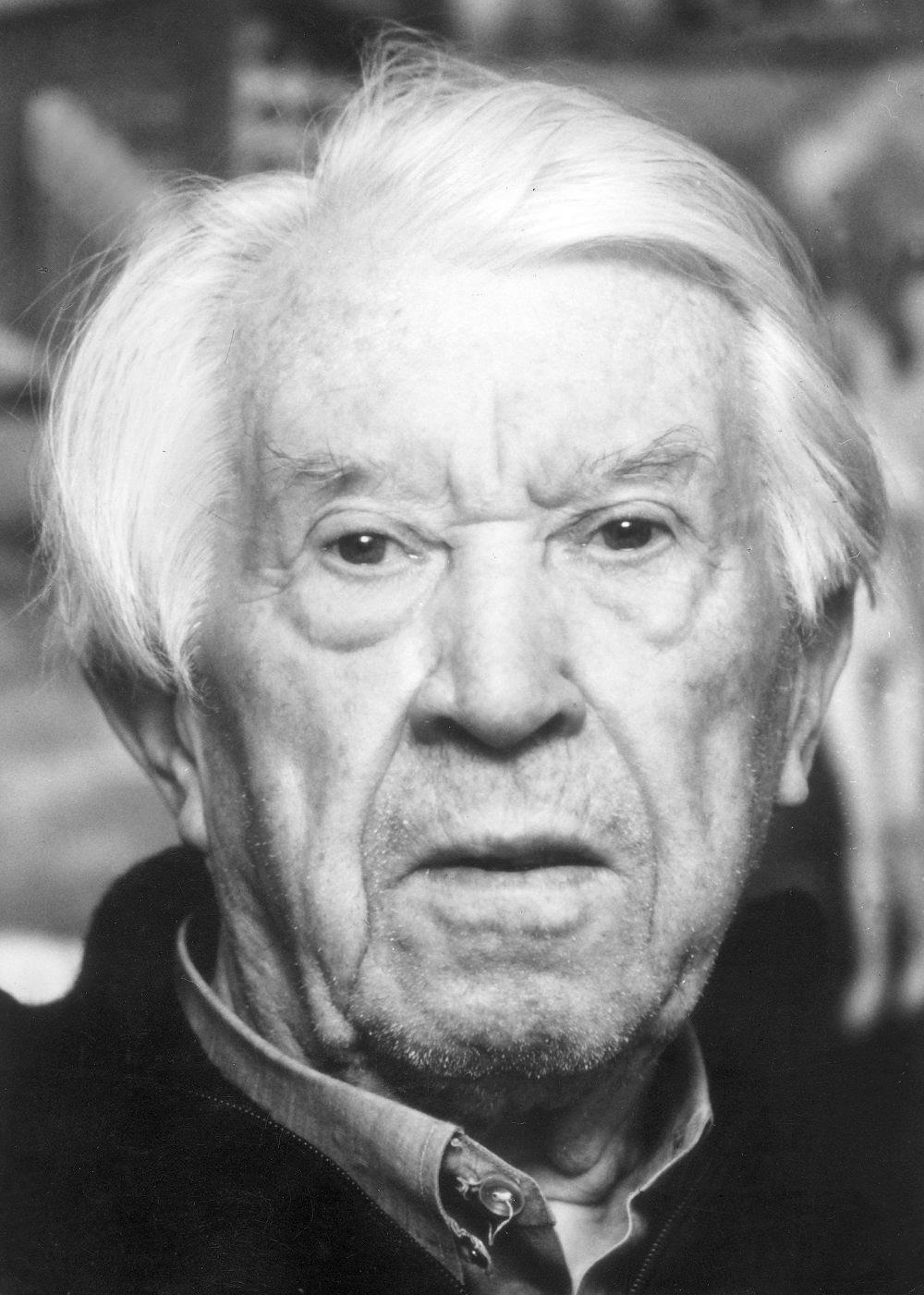
Franz Radziwill was a German artist of the twentieth century. He is known as a landscape painter, graphic artist and printmaker associated with the artistic movement of "new materiality".
Franz Radziwill created paintings that are characterized by careful elaboration and the use of glaze techniques borrowed from the Old Masters. He used elements of industrial buildings and modern technology, including ships and airplanes, in his landscapes. The results of his work can be categorized as magical realism.
In 1933 Radziwill became professor of painting at the Düsseldorf Academy of Art, but in 1935 the Nazis stripped him of this position, declaring his work degenerate art.
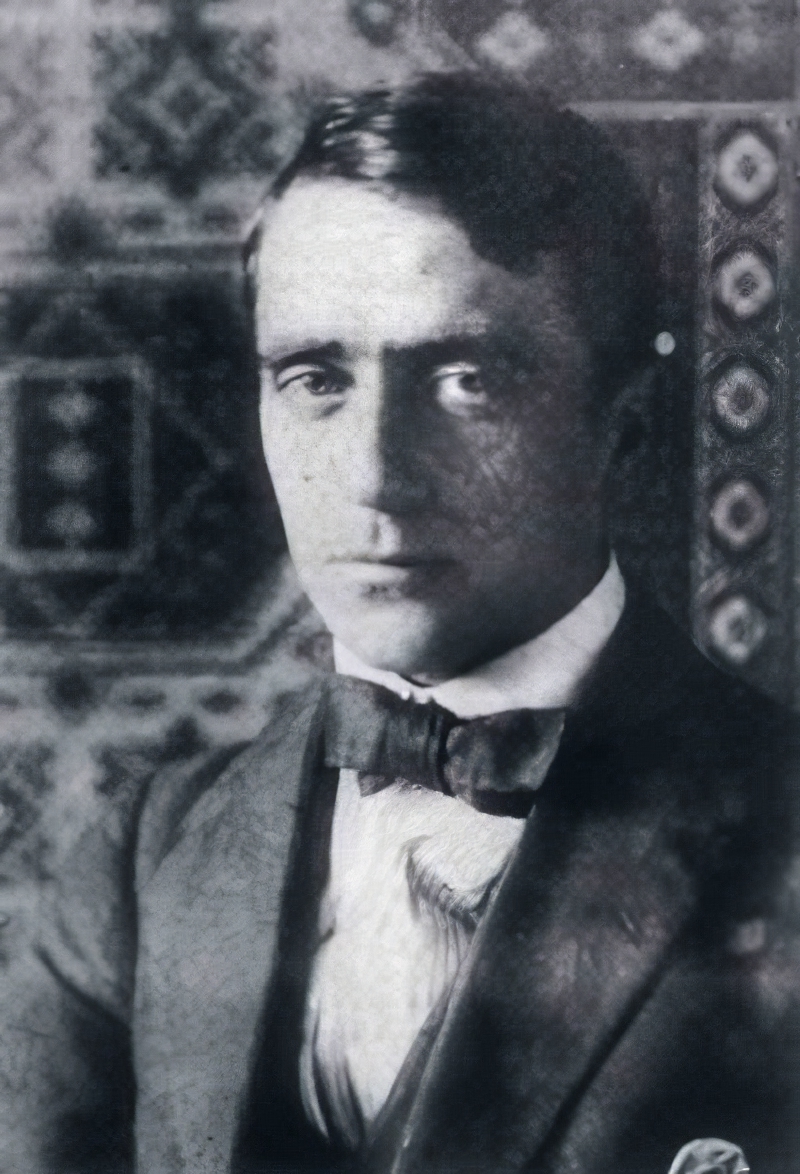
Carlo Mense was a German artist of the twentieth century. He is known as a painter and graphic artist, a representative of Rhenish Expressionism and New Materialism.
Mense was a member of artists' associations such as the Cologne Secession, Gereon Club, Young Rhine, and November. He actively participated in Expressionist exhibitions. Creating graphic works for the magazines "Action" and "Sturm", he became known for his artistic style. In 1937, the Nazis destroyed 37 of his works, categorizing them as "degenerate art." Mense left a significant mark on twentieth-century German painting with his expressive and evocative works.

Franz Radziwill was a German artist of the twentieth century. He is known as a landscape painter, graphic artist and printmaker associated with the artistic movement of "new materiality".
Franz Radziwill created paintings that are characterized by careful elaboration and the use of glaze techniques borrowed from the Old Masters. He used elements of industrial buildings and modern technology, including ships and airplanes, in his landscapes. The results of his work can be categorized as magical realism.
In 1933 Radziwill became professor of painting at the Düsseldorf Academy of Art, but in 1935 the Nazis stripped him of this position, declaring his work degenerate art.
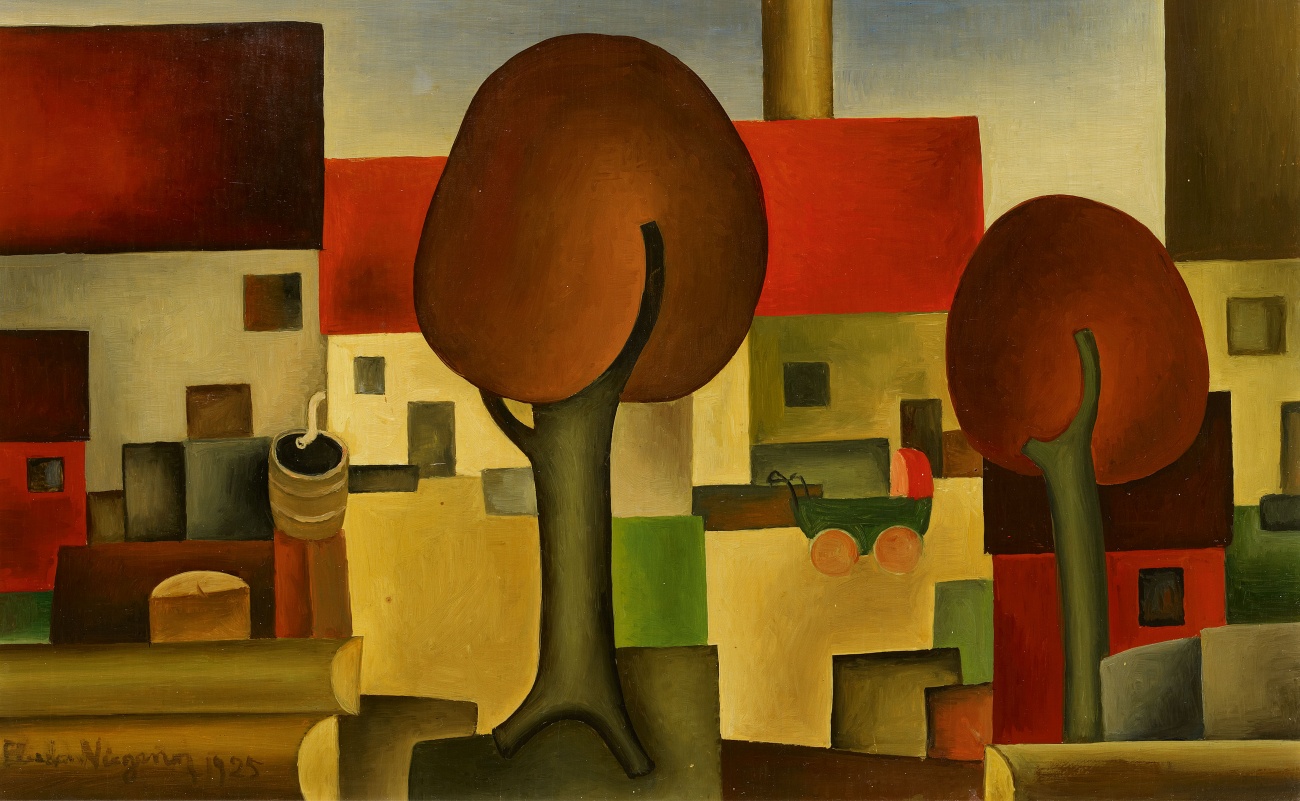
Eberhard Viegener was a German expressionist painter, decorator, and printmaker.
In the 1930s his expressionist works were deemed "degenerate," and during the Nazi "Degenerate Art" campaign a considerable number of them were removed from state collections and destroyed.
Later Figener shifted abruptly from the expressionist style to the style of New Objectivity, or Neue Sachlichkeit. He began to paint, in particular, architectural still lifes with ceramic objects.
Eberhard Figener was the brother of the painter and sculptor Fritz Figener.


